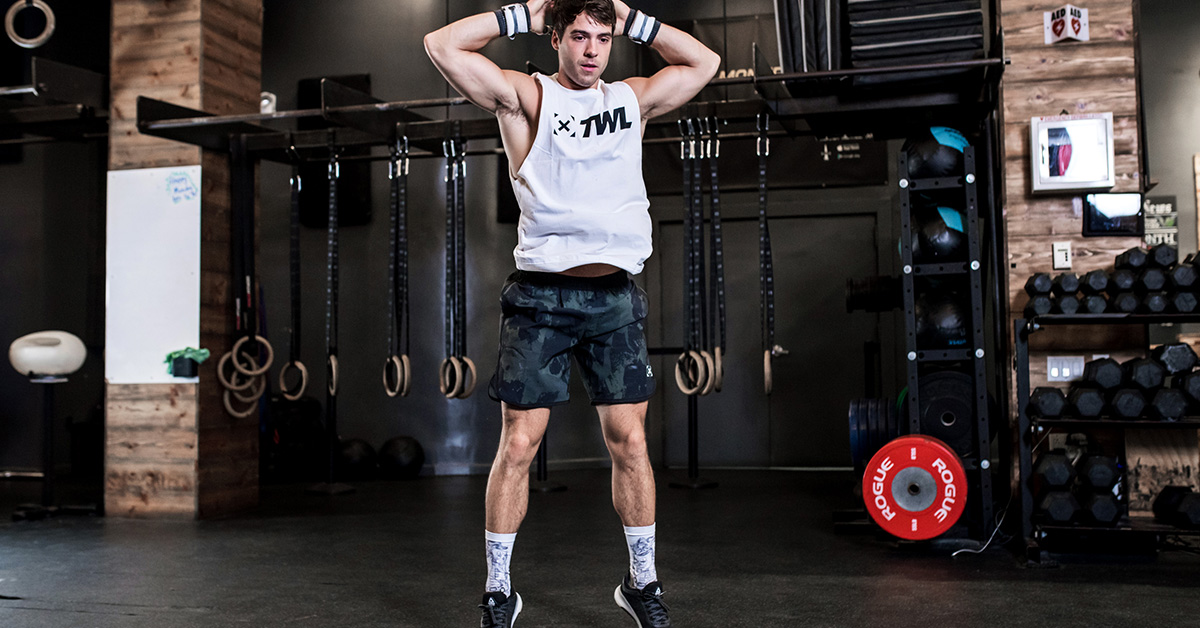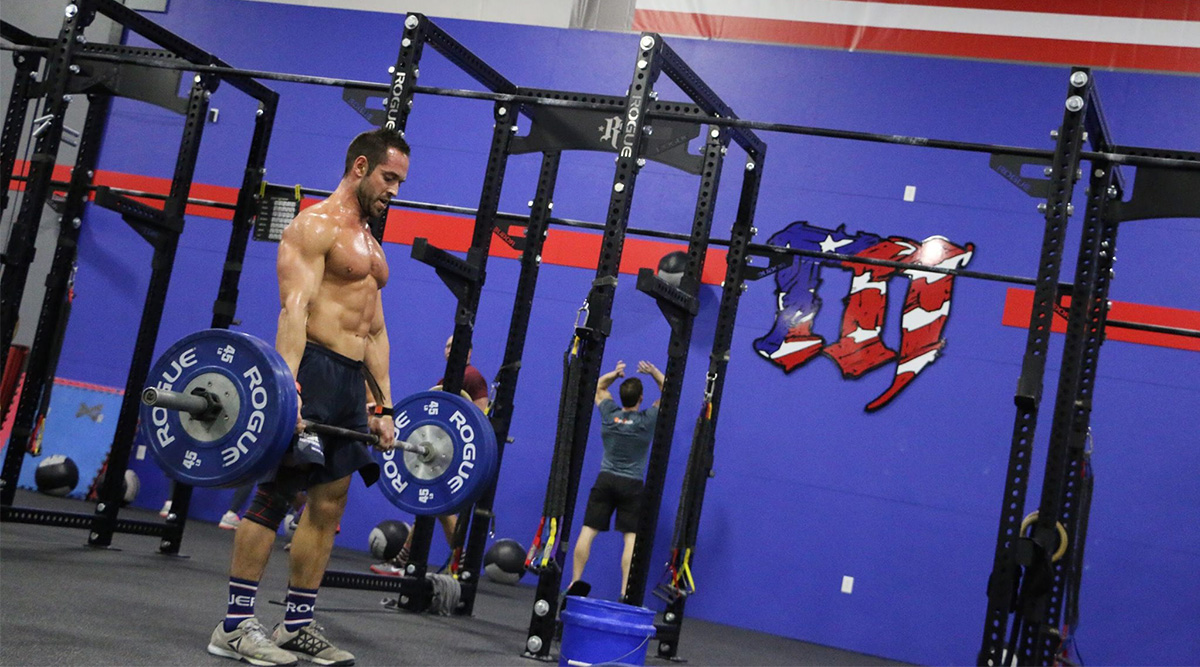We all breathe. In fact, we breathe close to 1,000 times an hour. But have you ever given much thought to your breath? More specifically, have you considered how it may help with your performance or at least relaxation? In yoga, breathing is referred to the vital life force. Considering that yoga has been practiced for centuries, there’s certainly something to conscious breathing. Below are some techniques that may help you add extra kilos to your bar, perform with more ease, or simply better tune into yourself.
Breathing Techniques for Athletes
Take a Moment
First, establish basic breath awareness by observing your own breath. Tuning into your breath will slow your sympathetic nervous system and bring about relaxation.
There are three main areas we breathe from:
- Our upper chest.
- Our thoracic region.
- Our diaphragm.
https://www.instagram.com/p/B3deSWXH7R_/
Ideally, at rest, we should be breathing from our diaphragm. Our stressful lifestyle, poor posture, and issues such as asthma have caused many of us to be dominant chest-breathers. This style creates shallow breathing and does not use our lungs to their full potential. Here is a simple exercise to create breath awareness by consciously using all three regions. See if you notice a difference.
- Inhale and exhale normally through your nose.
- Inhale through your nose* into your chest. Hold for three to five counts. Exhale through your nose to match the inhale.
- Inhale into your chest. This time, continue breathing into your thoracic (rib) region. Hold for three to five counts. Exhale to match the inhale.
- Inhale in your chest then thoracic region and continue into your diaphragm (it should “puff” out). Hold for three to five counts. Exhale to match the inhale.
- Repeat the last exercise at least five times. This can be incorporated into your cool down stretching to slow down your breath or to calm your nervous system prior to working out.
*Nasal breathing filters and warms the air before reaching your lungs, which reduces irritation and outcomes such as dry mouth, so it’s preferred. However, if it’s not possible for you, start with mouth breathing, progress to inhale through your nose, and exhale through your mouth until you can comfortably inhale and exhale through your nose.
Applying This to Training
Think about when you’re doing a movement that may require considerable concentration, say a plank or even double-unders. Do you find that you hold your breath? The saying “take a breath” is not said for the sake of it. There is wisdom in those three little words.
“Holding your breath” means depriving your muscles of oxygen, and this can lead to muscle cramping, dizziness, and hyperventilation. Depending on what movement you’re doing, consistency with breath is paramount. If you get a handle on your breath, it may make the exercise less uncomfortable. Here are three ideas:
- For static movements such as a plank, handstand hold, L-sit, or hollow-hold, concentrate on your breath, matching the inhale to the exhale. Try inhaling for four counts all the way into your diaphragm and exhaling for the same count. These movements should feel more like active recovery as opposed to leaving you breathless. By utilizing your breath, you should feel more ease in the movement. As a bonus, time will pass quickly as you are focused on your breath as opposed to the clock.
- For barbell movements, try to match your breath with movement where the exhale is used to provide power. To put this into practice during squats, inhale as you go down and pause, then exhale to explode up. You can open your mouth on the exhale to really drive power. The same can be applied to overhead movements or bench press. Inhale on the way down then exhale to create power on the push back up. Breathing is very simple but something that we too often forget.
- For cardio, breathing is more unique to the individual, as pace and intensity need to be considered. The key is a consistent approach. Try breathing through your nose and mouth simultaneously to maximise oxygen consumption. Ideally, you want to avoid shortening your breath too much. Budd Coates, the author of Running on Air, recommends a rhythmic approach to invite efficiency where you inhale longer than exhale to bring core stability for moderate running. He suggests starting with inhaling for three steps and exhaling for two steps. For hill sprints or higher-intensity running, you may need to switch to inhaling for two steps and exhaling for one step. The fun part is now that you are conscious of your breath, you can experiment to see what enhances your performance.
Ultimately, the key is to become more conscious of your breath. Try different breathing variations and see what helps you perform. Of course, if you are concerned about your breathing, seek professional help.
https://www.instagram.com/p/B3flUr_H8Jr/
Be sure to grab everything you’re going to need for the Open. Shop with TWL today!














